Let’s face it, our furry companions are living longer than ever (yay for that!). But with those extra golden years comes the need for a diet that supports their changing bodies. Whether it’s joint pain, slower metabolism, or dental issues, feeding your senior dog right is key to helping them stay comfy and full of life.
In this blog, we’ll walk you through:
- The basics of senior dog nutrition
- How to choose the best food for senior dogs
- The role of supplements in your dog’s health
- Links to trusted products you can actually use
What Changes in a Senior Dog’s Diet?
As dogs age (typically around 7 years for small dogs and 5–6 for larger breeds), their bodies begin to need a little more TLC. Here’s what changes:
Lower Caloric Needs
Older dogs usually slow down, which means they burn fewer calories. Keeping them on a high-calorie food could lead to unwanted weight gain—and the health issues that come with it.
Cognitive Support
Senior dogs may start to show signs of cognitive decline. Some foods now include omega-3 fatty acids and antioxidants to help keep their brains sharp.
Joint and Mobility Support
Arthritis and stiff joints are common in aging dogs. That's where joint-friendly nutrients like glucosamine and chondroitin come in.
Dental Health
Older pups often have sensitive gums or fewer teeth, so softer foods and dental-friendly snacks are a must.
Best Food for Senior Dogs: What to Look For
Not all dog food is created equal, especially when it comes to older dogs. Here’s what you should be scanning for on the label:
- High-Quality Protein: Look for named meat sources like chicken, turkey, or salmon as the first ingredient.
- Fewer Fillers: Avoid foods heavy in corn, wheat, or soy. These can be harder on ageing digestive systems.
- Added Fibre: Pumpkin and beet pulp are great sources of senior-friendly fibre.
- Joint-Boosting Ingredients: Look for glucosamine, chondroitin, and omega-3s.
- Dental & Digestive Benefits: Kibble that’s easy to chew and packed with probiotics is a plus.
Supplements That Support a Senior Dog’s Diet
Even the best old dog food may not cover all the bases. That’s where supplements step in.
1. Glucanine Pain-Free Paste
This supplement is specifically formulated to alleviate joint pain and enhance mobility. It's a lifesaver for senior pups struggling with arthritis or sore joints.
Why it works:
- Packed with glucosamine and anti-inflammatory agents
- Easy-to-feed paste form
- Great addition to daily meals or treats
2. Glucanine Vitamin & Mineral Paste
This paste provides a full range of vitamins and minerals to enhance immunity, skin health, and organ function.
Why it works:
- Ideal for older dogs with weakened absorption
- Supports skin, coat, and immune health
- Can be mixed into meals—no pills needed!
3. Farrell’s Dental Biscuit
These tasty biscuits help reduce plaque buildup while being gentle on sensitive mouths.
Why it works:
- Designed for older teeth
- Promotes fresh breath and clean gums
- Doubles as a treat!
How to Transition to a Senior Dog Diet
Switching up your dog’s food? Here’s a smooth way to transition:
5-Day Plan:
- Day 1–2: 75% old food + 25% new
- Day 3–4: 50% old + 50% new
- Day 5–6: 25% old + 75% new
- Day 7: 100% new food
Tip: Always consult with your veterinarian before making significant dietary changes, especially if your dog has pre-existing health issues.
Common Mistakes to Avoid
- Overfeeding: Even if your dog begs! Older dogs don’t burn as many calories.
- Skipping water: Hydration is super important, especially with high-protein or dry foods.
- Neglecting dental care can lead to other health issues, such as kidney disease.
FAQs About Senior Dog Nutrition
Q: When should I switch to senior dog food?
A: Around 7 years for small breeds and 5–6 years for larger breeds, but always check with your vet.
Q: Should I give my dog supplements even if they eat a complete food?
A: Yes! Supplements like the Glucanine Vitamin & Mineral Paste can fill in nutritional gaps, especially for aging dogs.
Q: Is wet or dry food better for senior dogs?
A: It depends on dental health. Wet food is easier to chew, but dry food helps with plaque. A mix is often ideal.
Q: How can I tell if my senior dog’s food is working?
A: Look for signs like increased energy, better mobility, improved coat quality, and fewer digestive issues.
The Bottom Line: Give Your Pup the Best Golden Years
Feeding your aging dog the proper diet isn’t just about keeping them full; it’s about keeping them feeling fantastic. From choosing the best food for senior dogs to adding in smart supplements like the Pain-Free Paste or Dental Biscuit, you’ve got the power to give your pup the healthiest golden years possible.
So go on, check those labels, talk to your vet, and maybe toss your old friend an extra belly rub while you're at it. They’ve earned it.

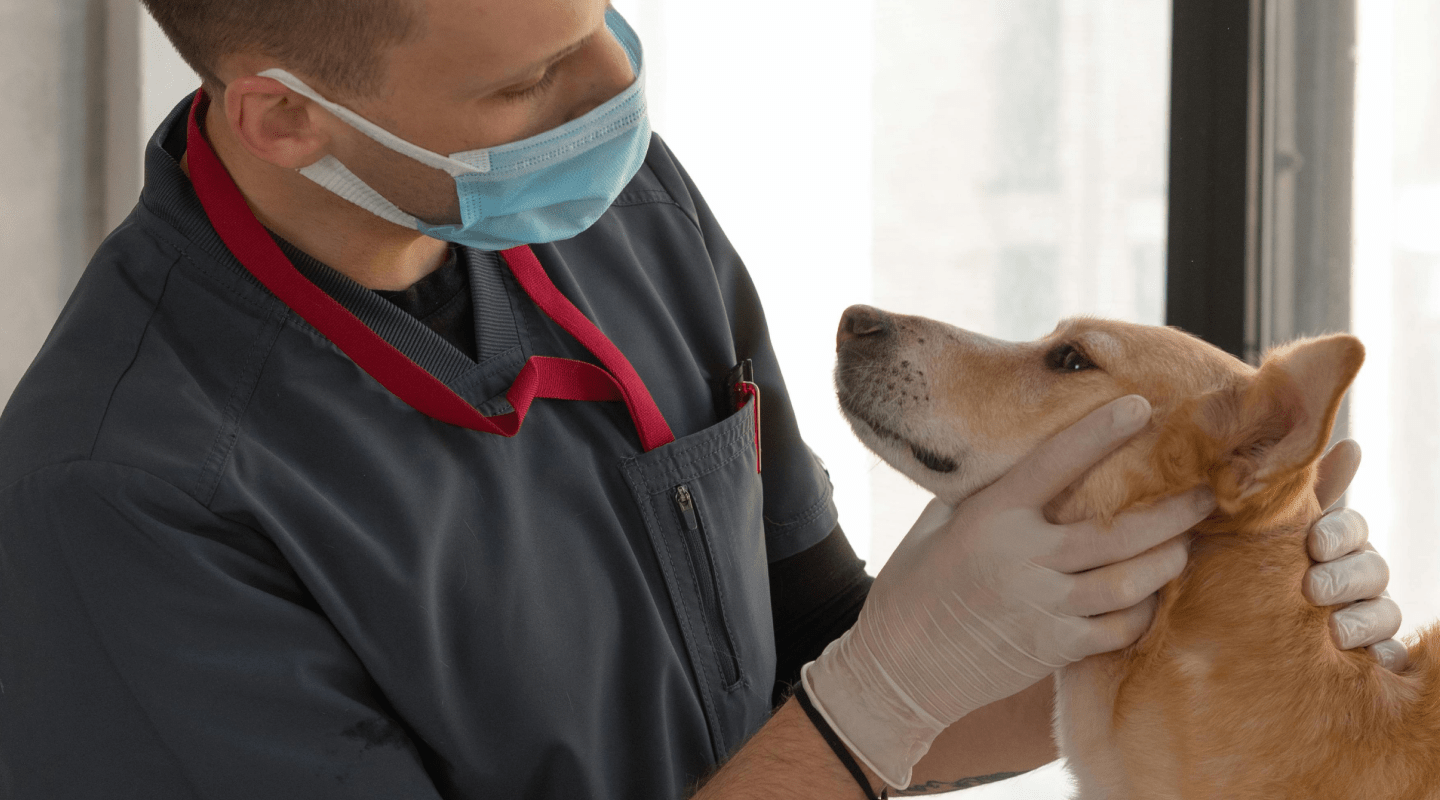
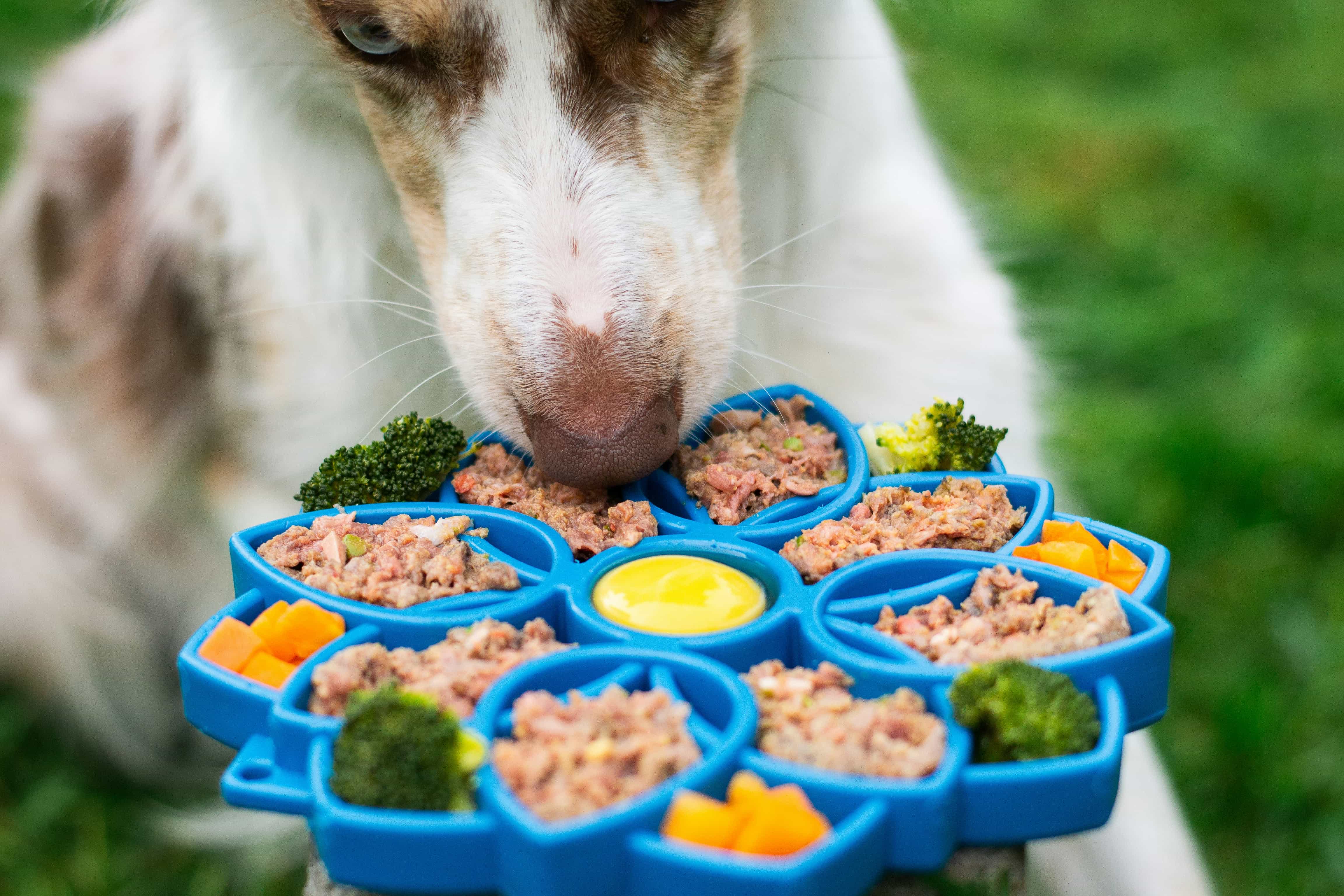
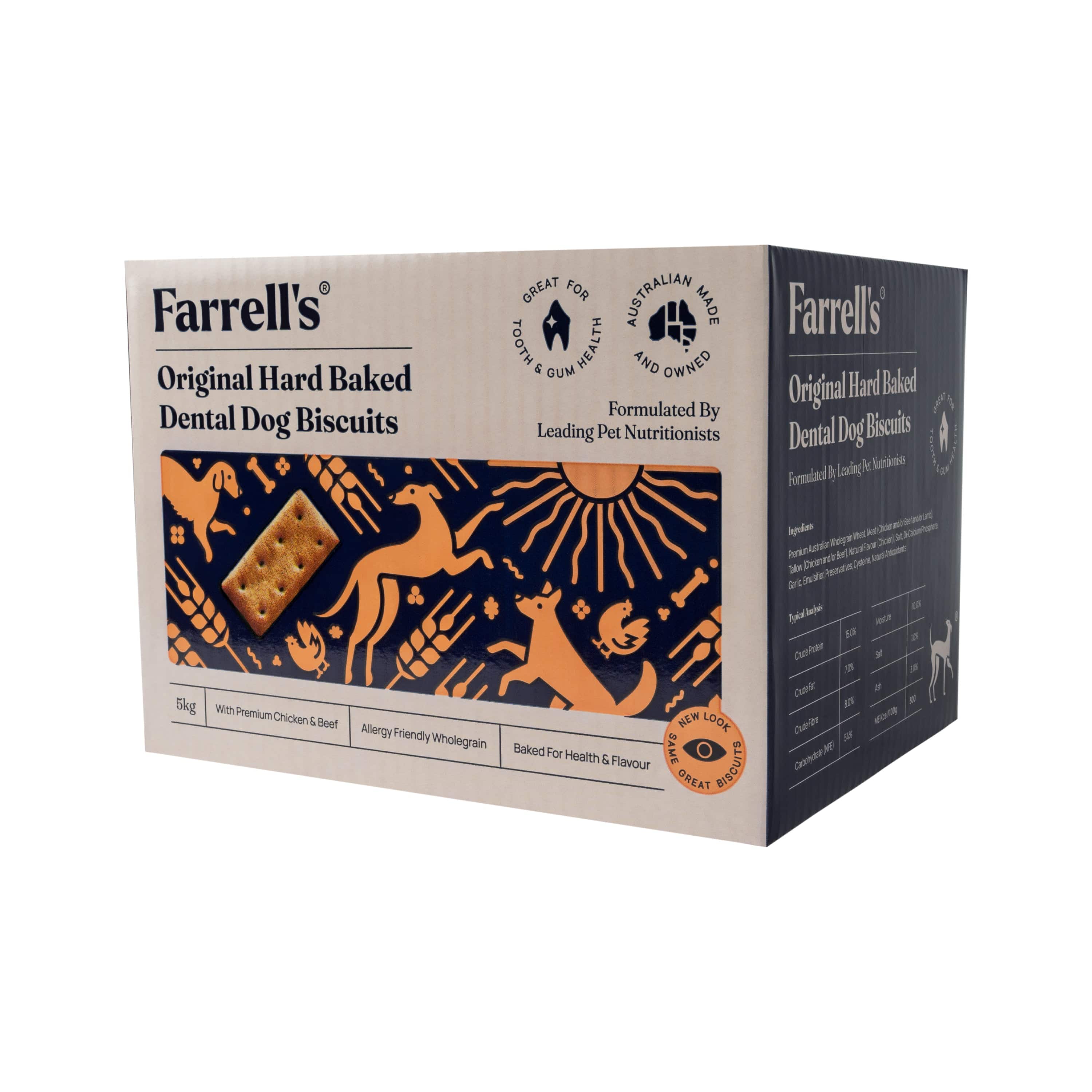
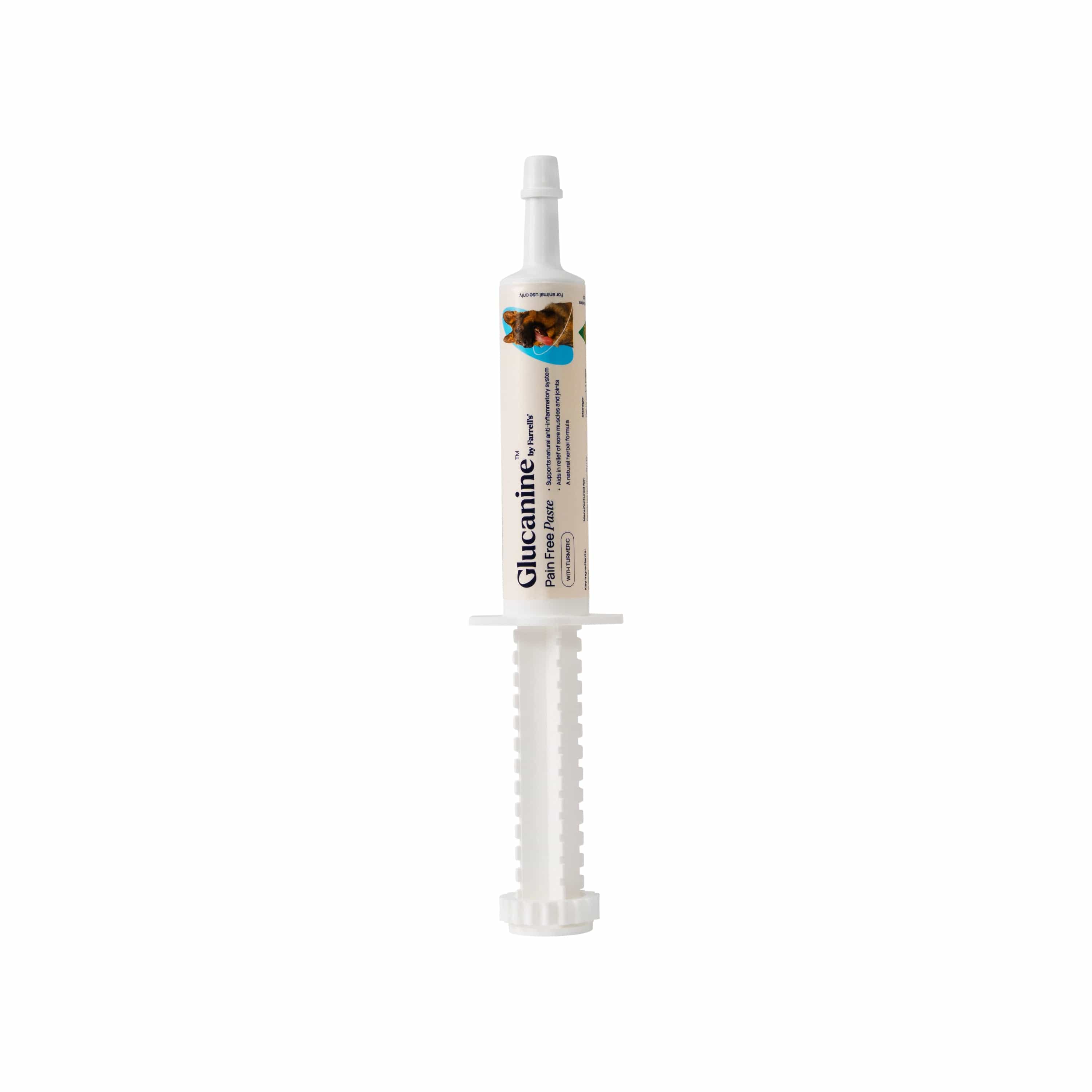
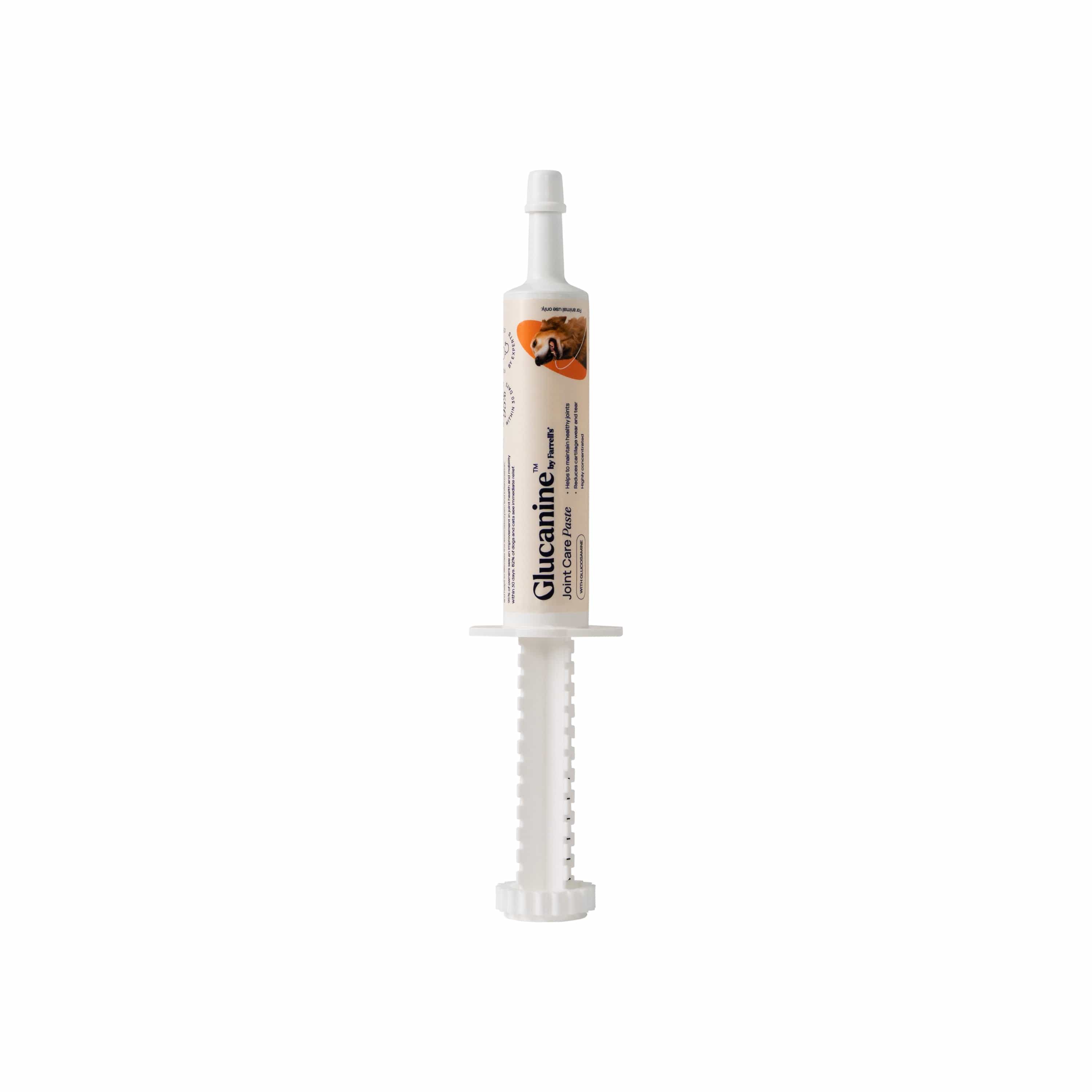
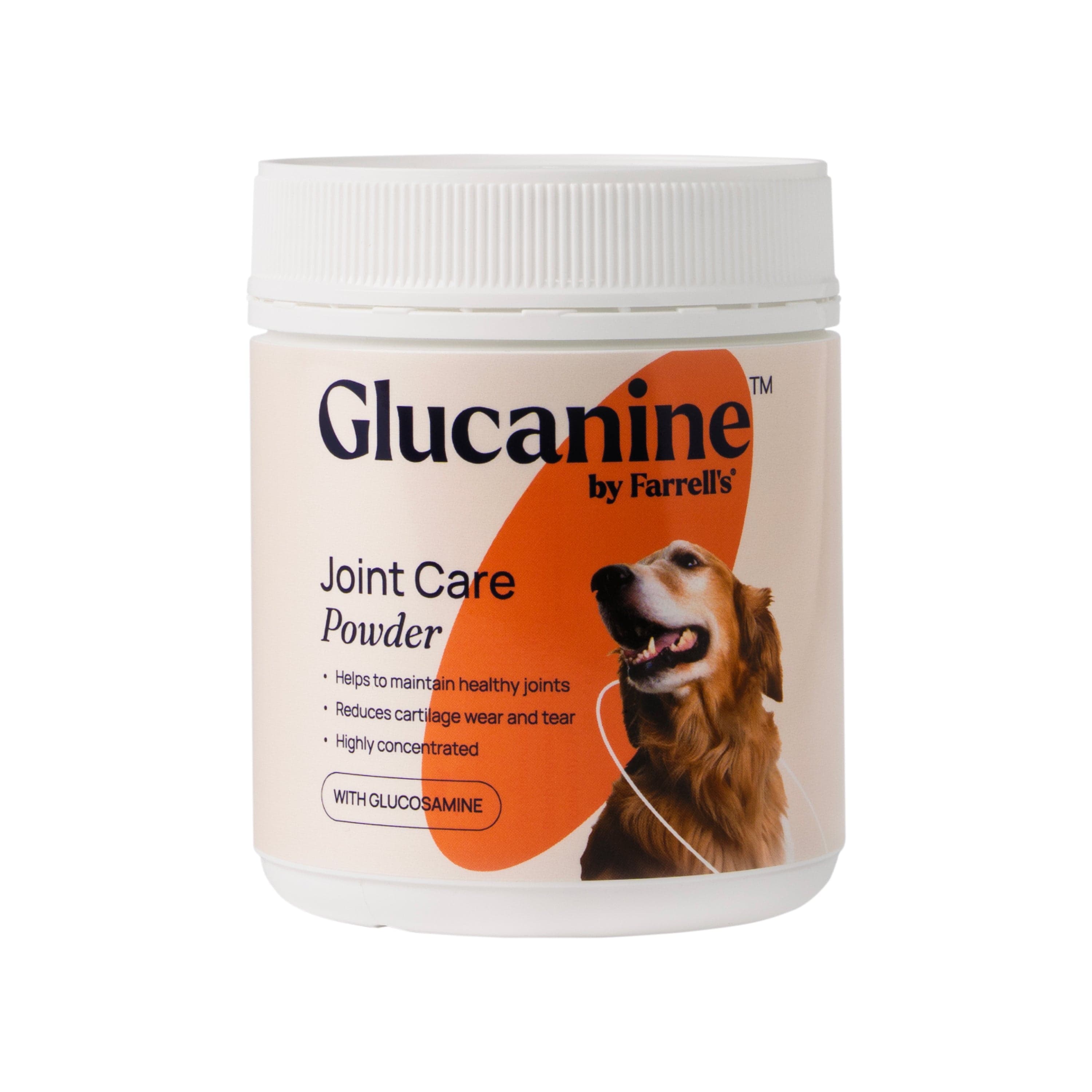
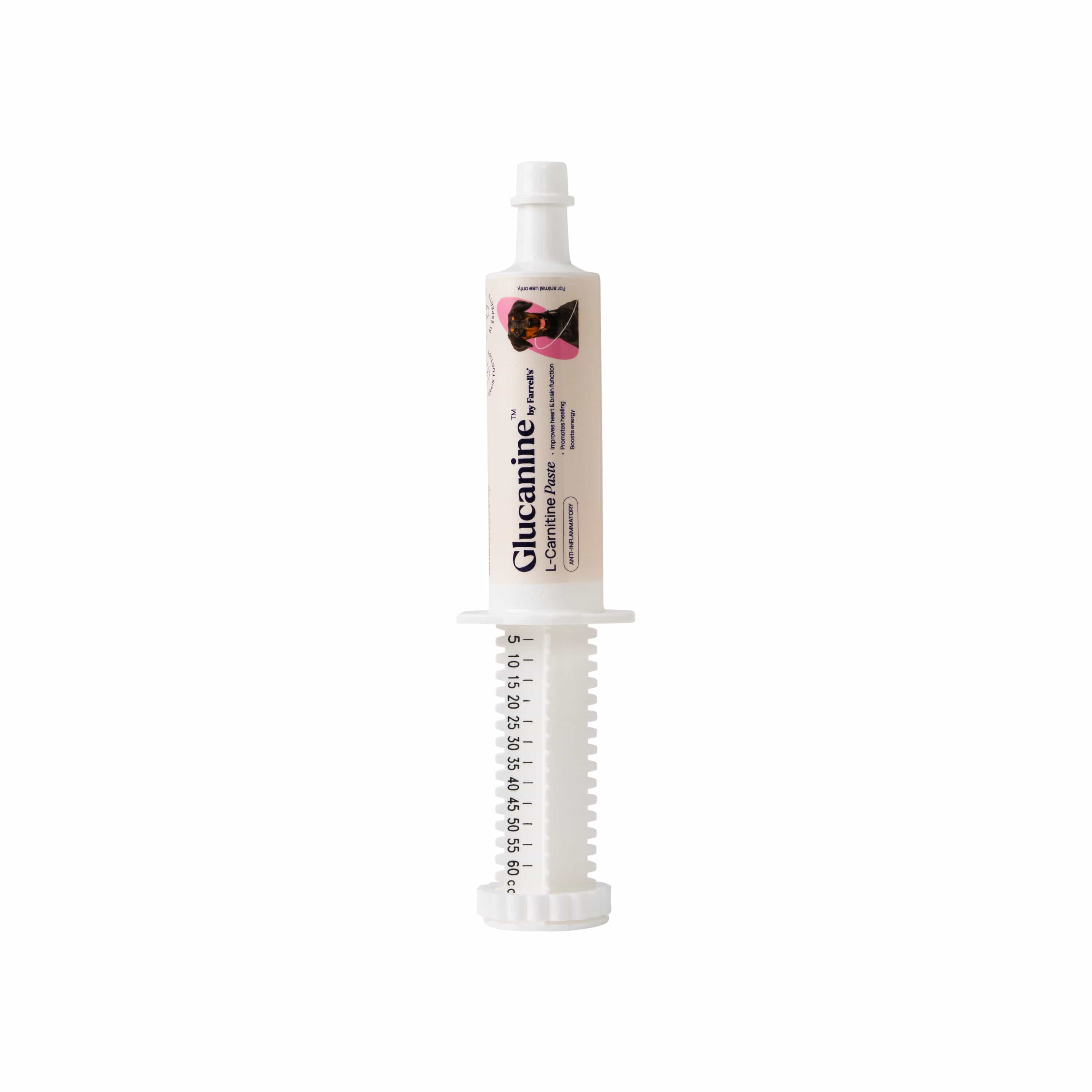
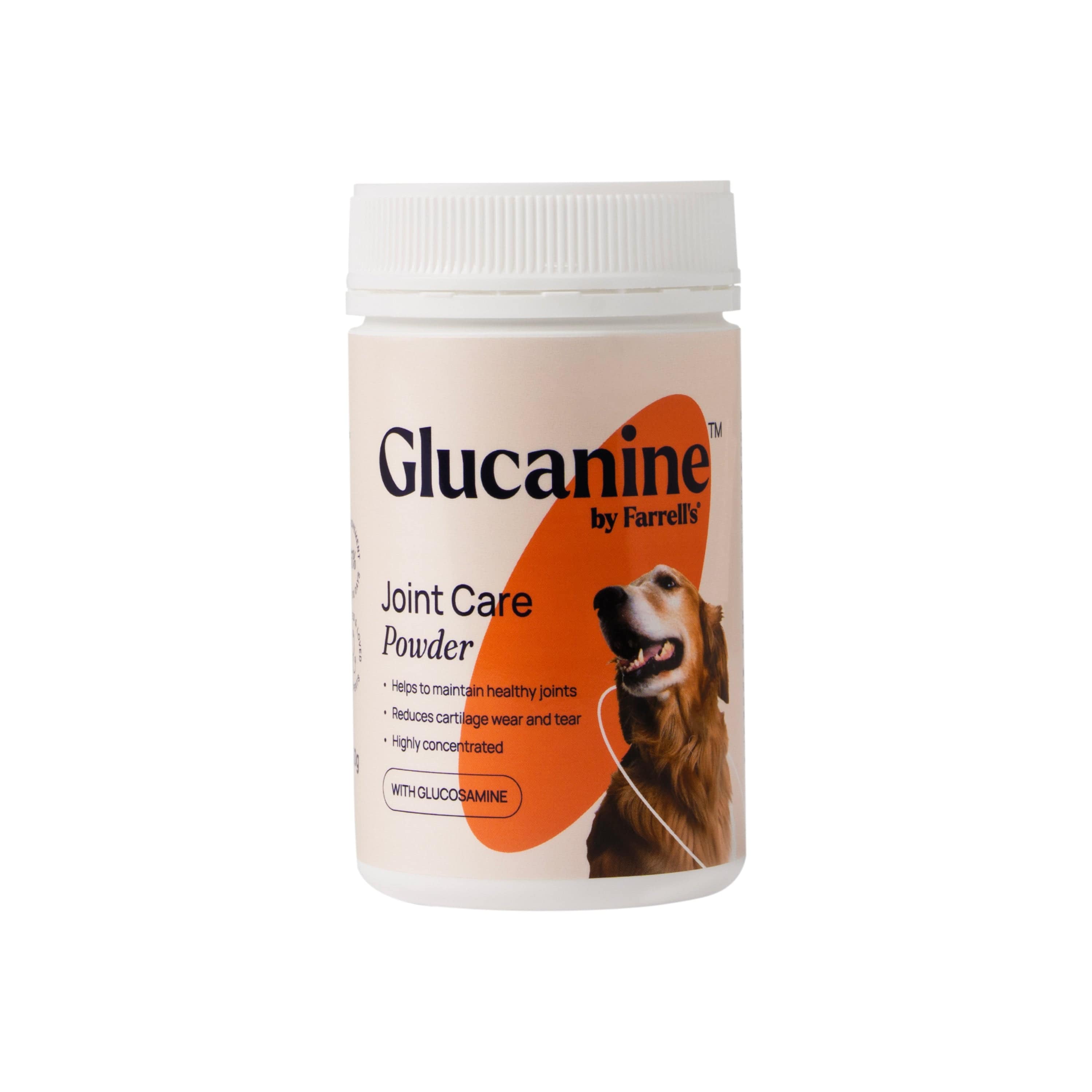
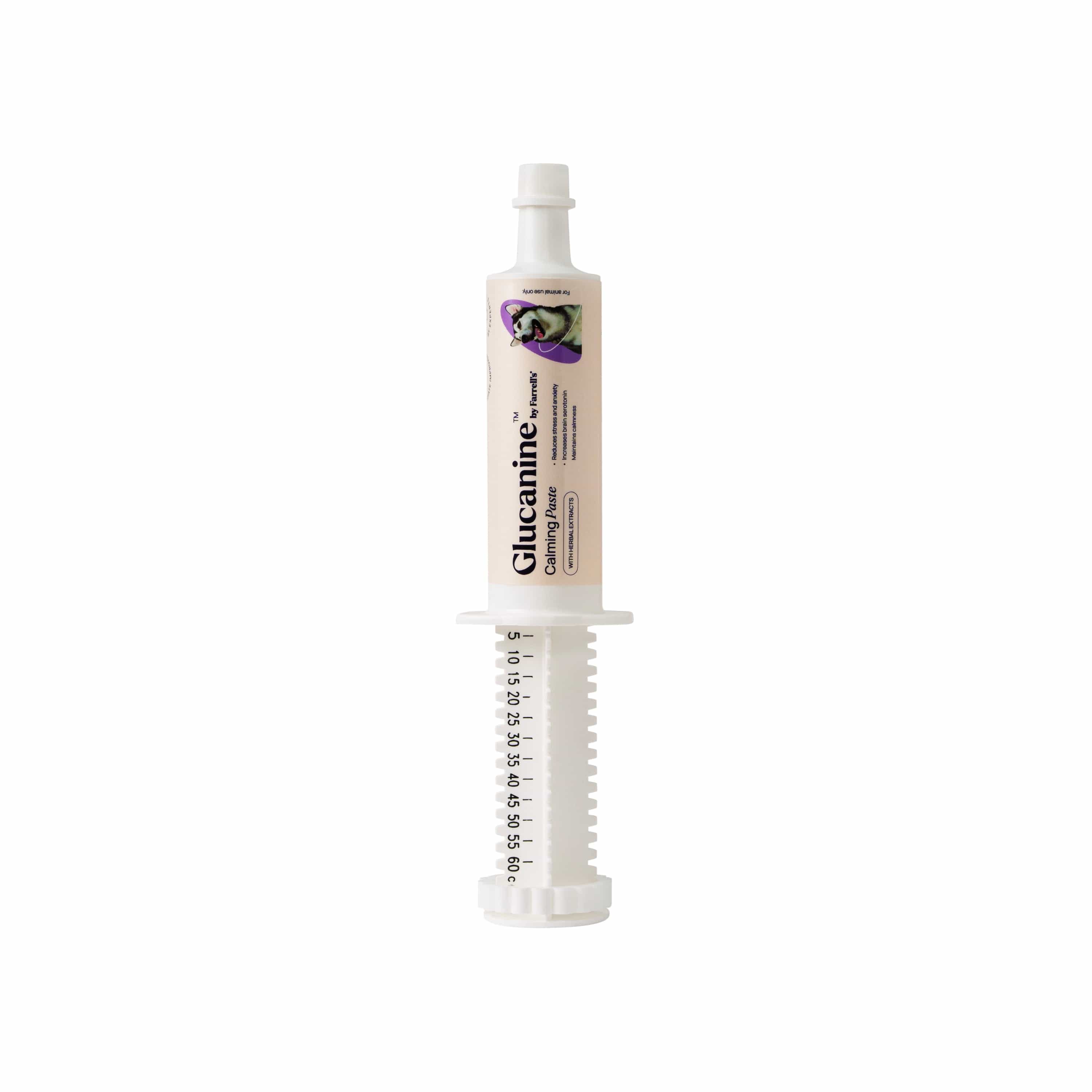
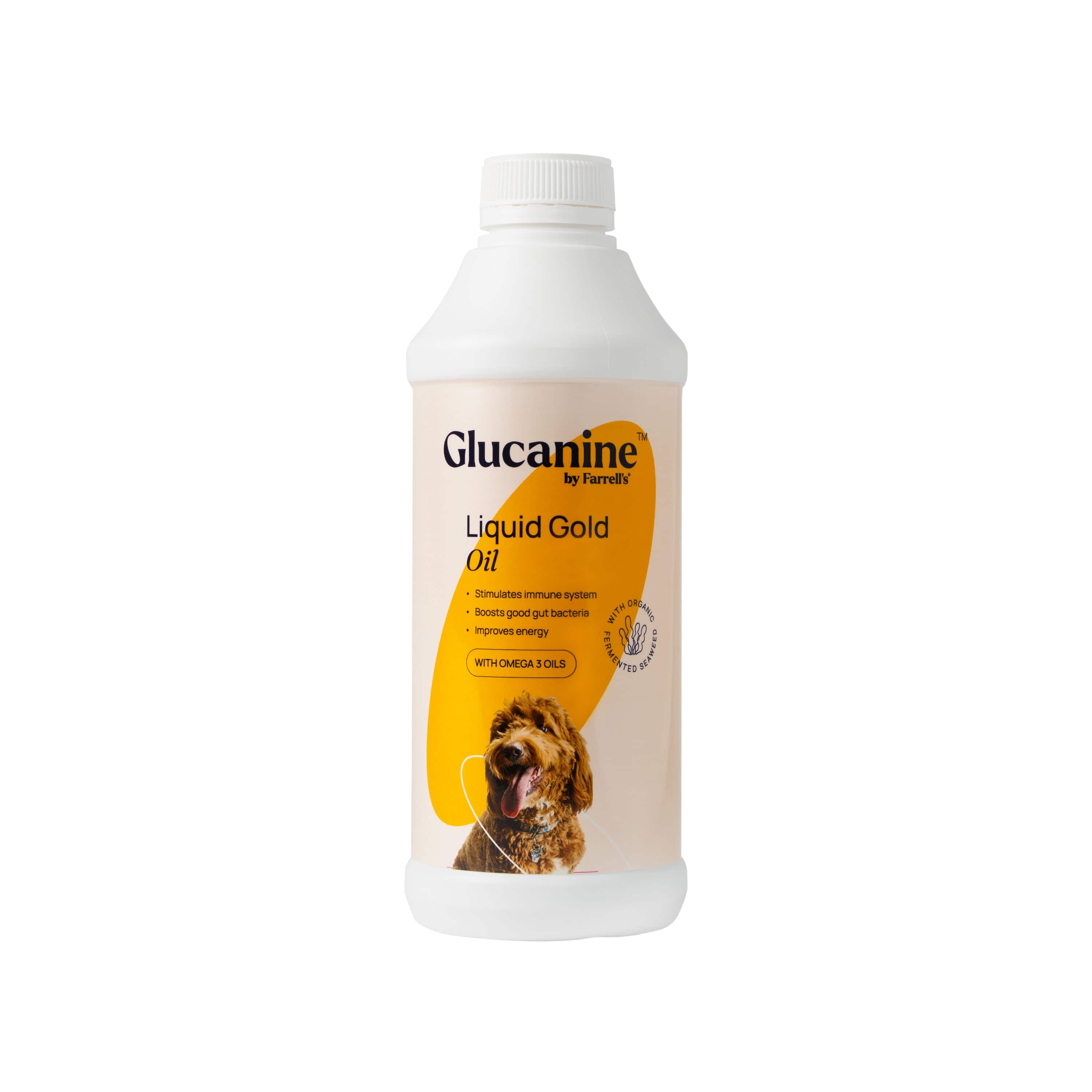
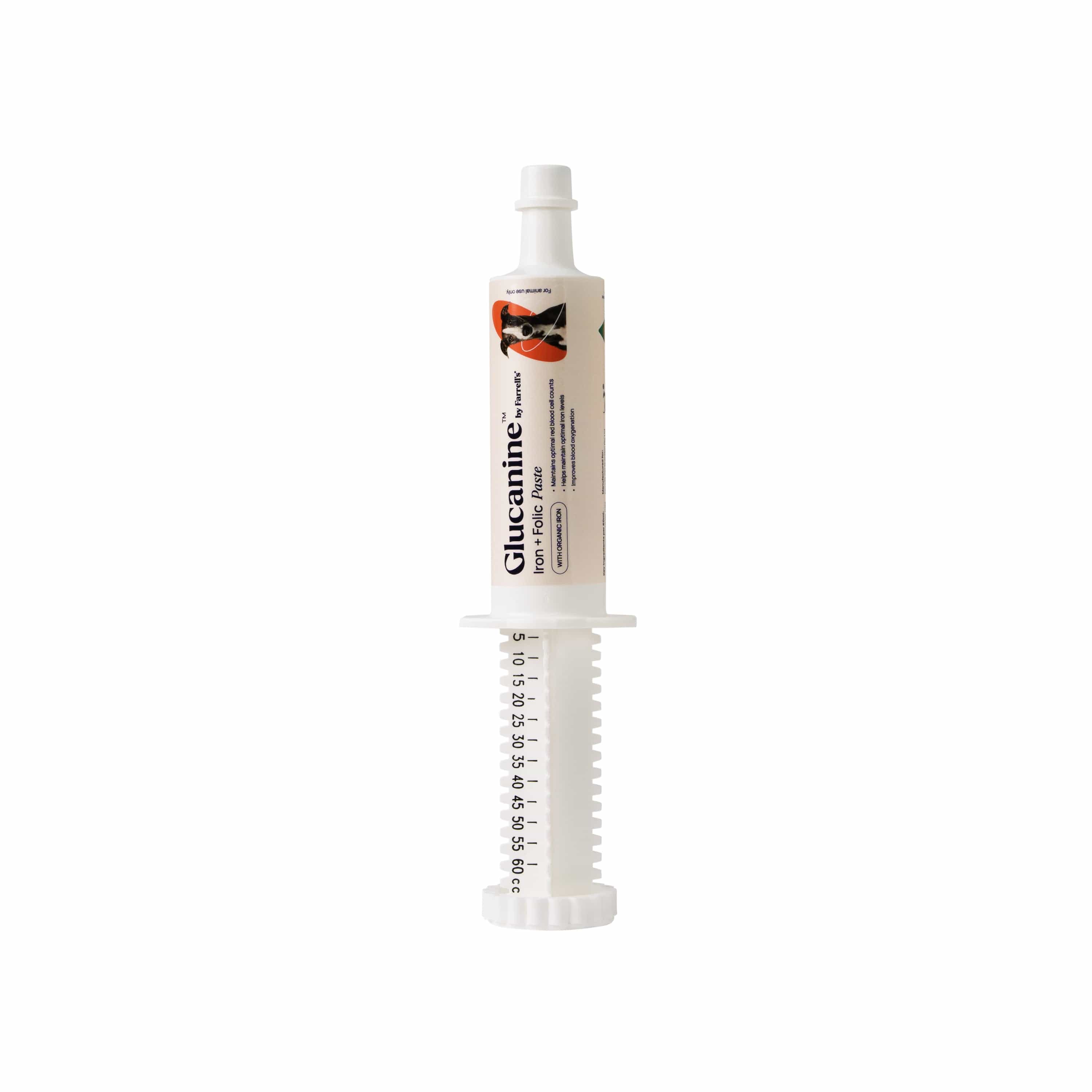
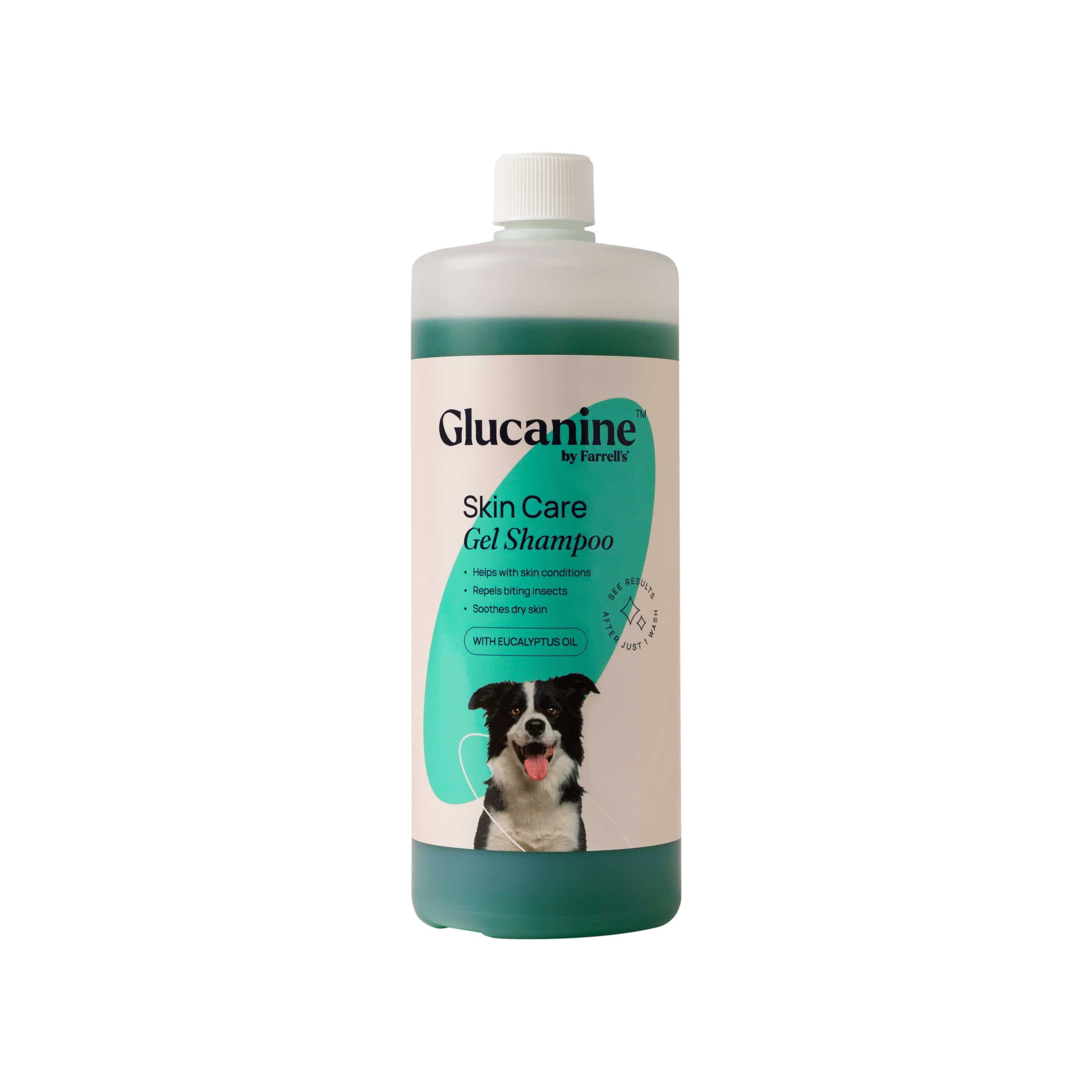
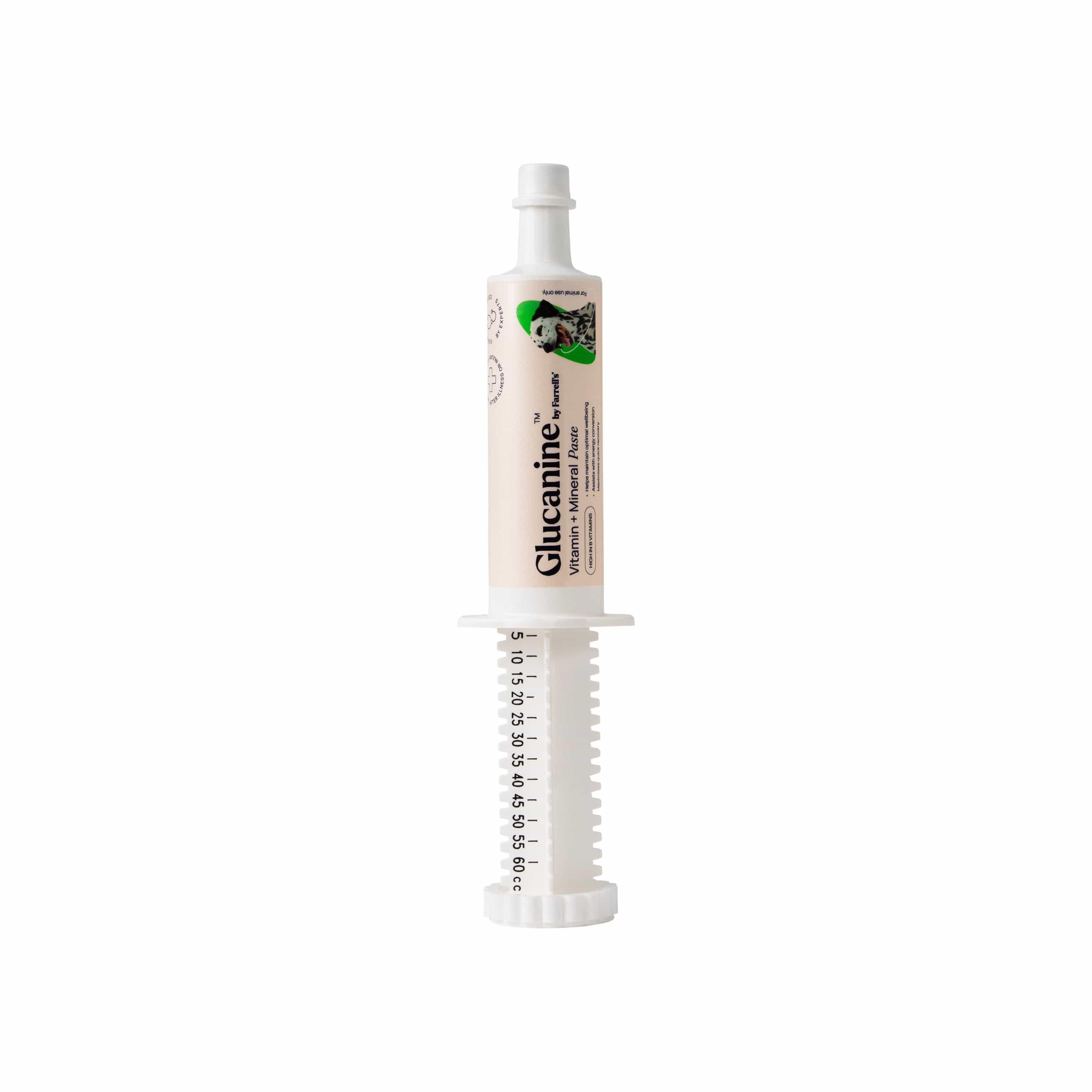
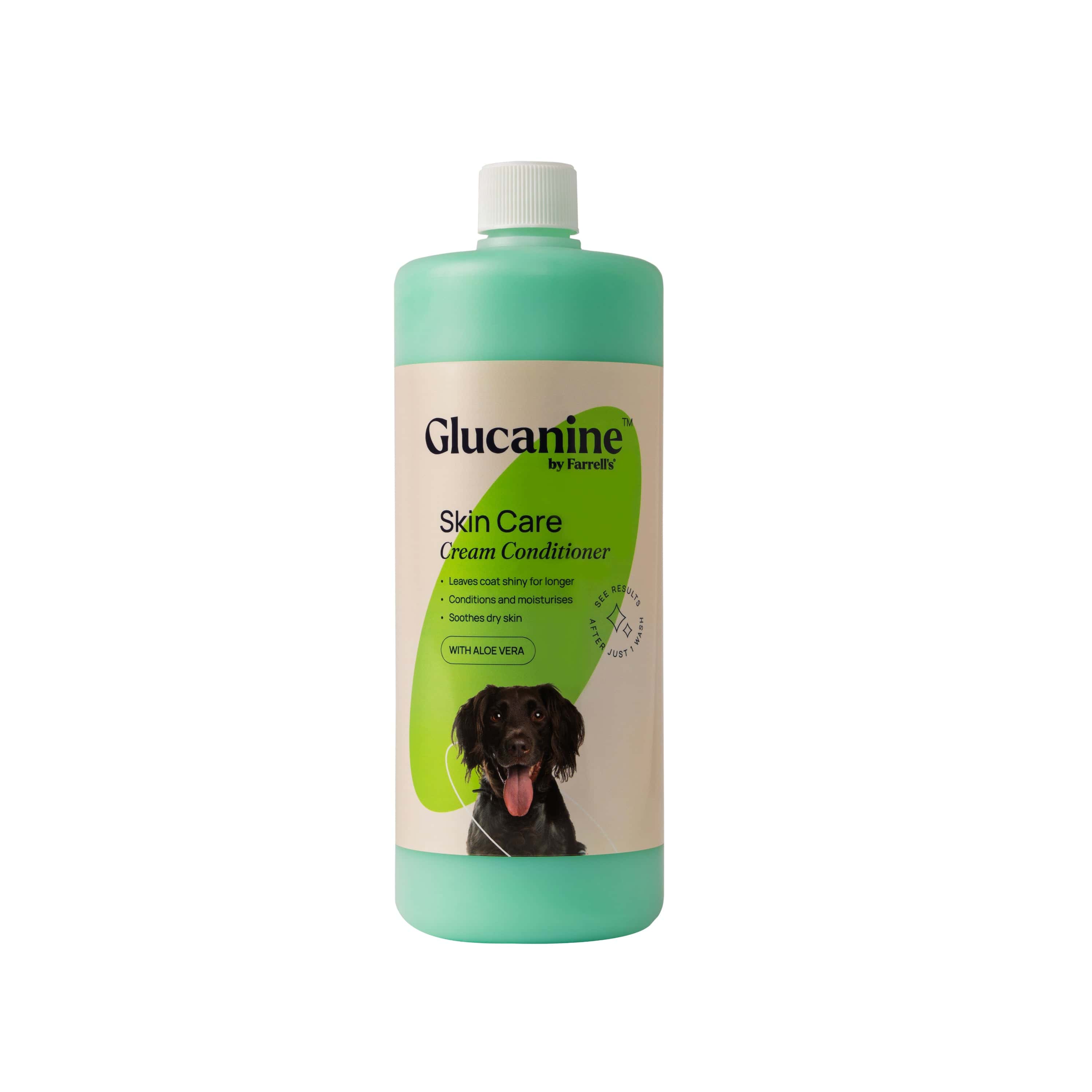
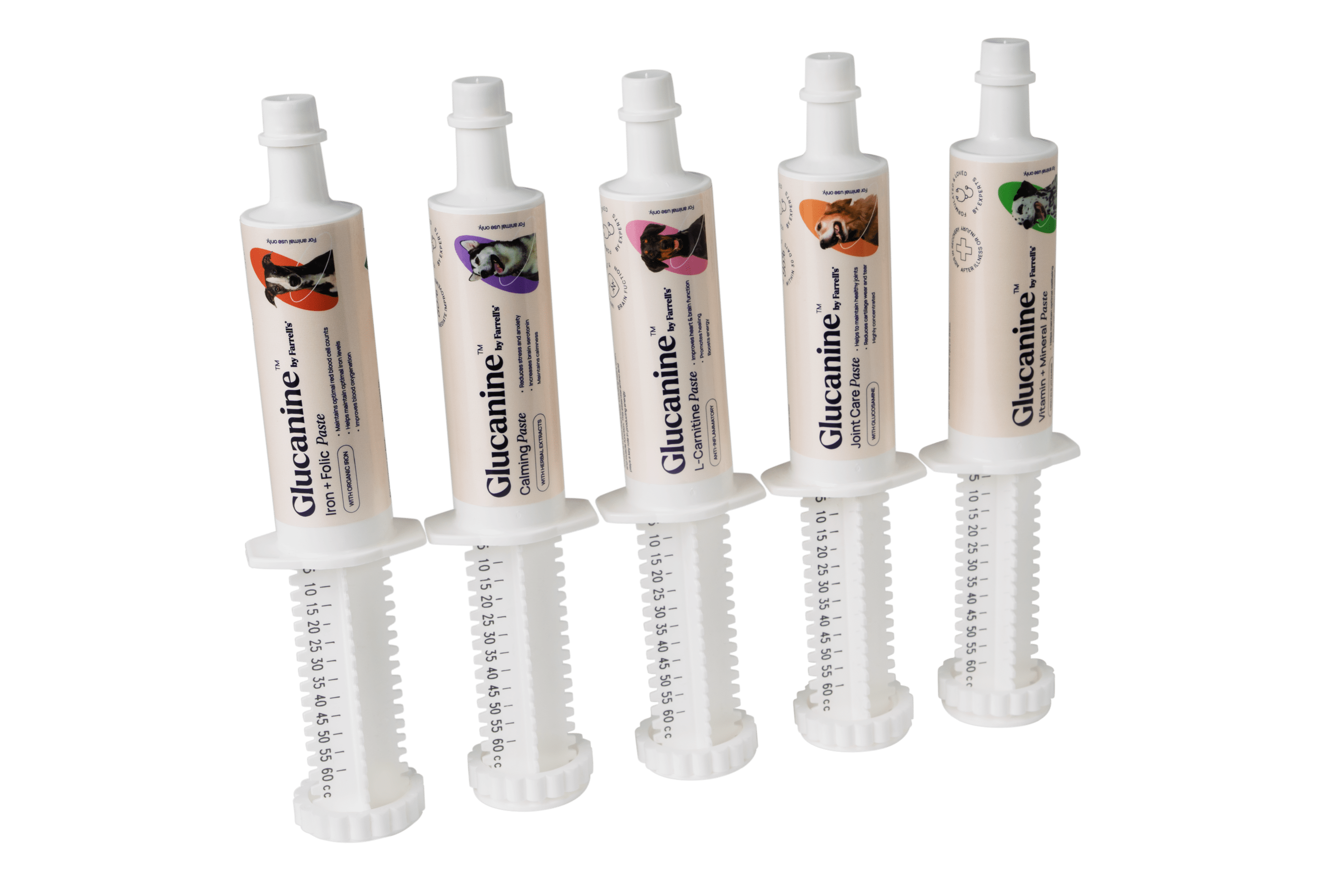
Leave a comment
All comments are moderated before being published.
This site is protected by hCaptcha and the hCaptcha Privacy Policy and Terms of Service apply.